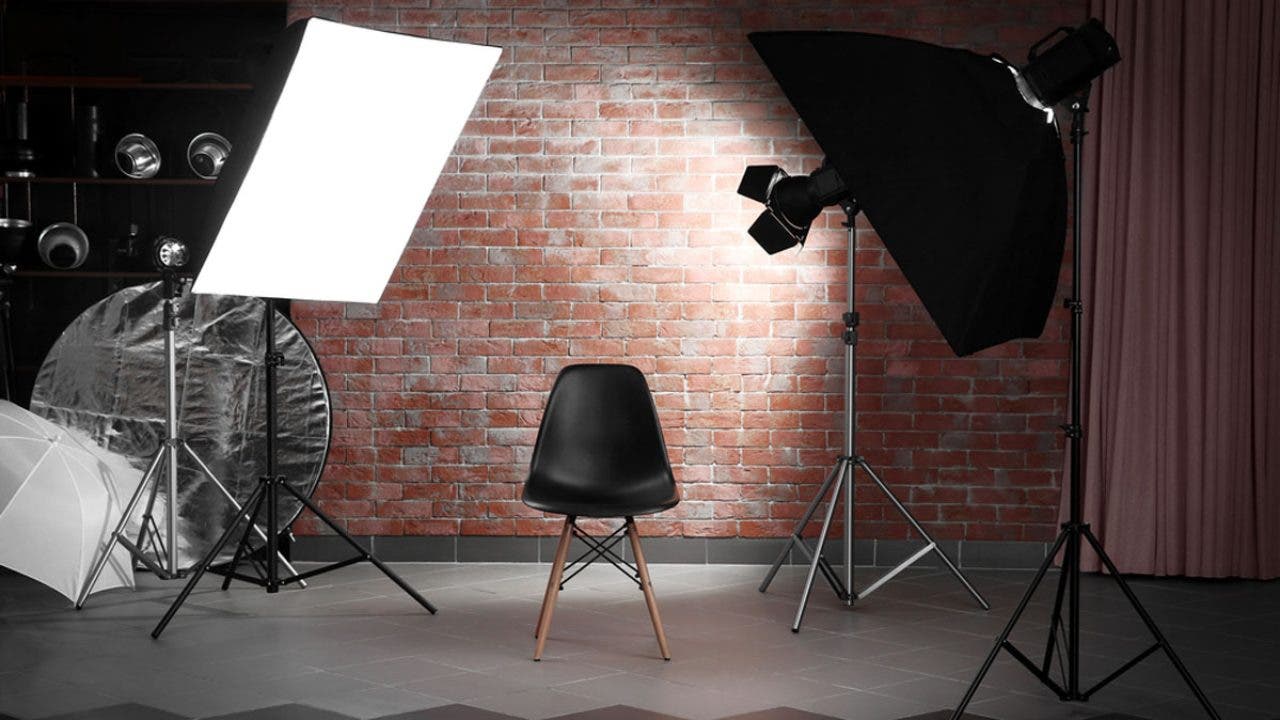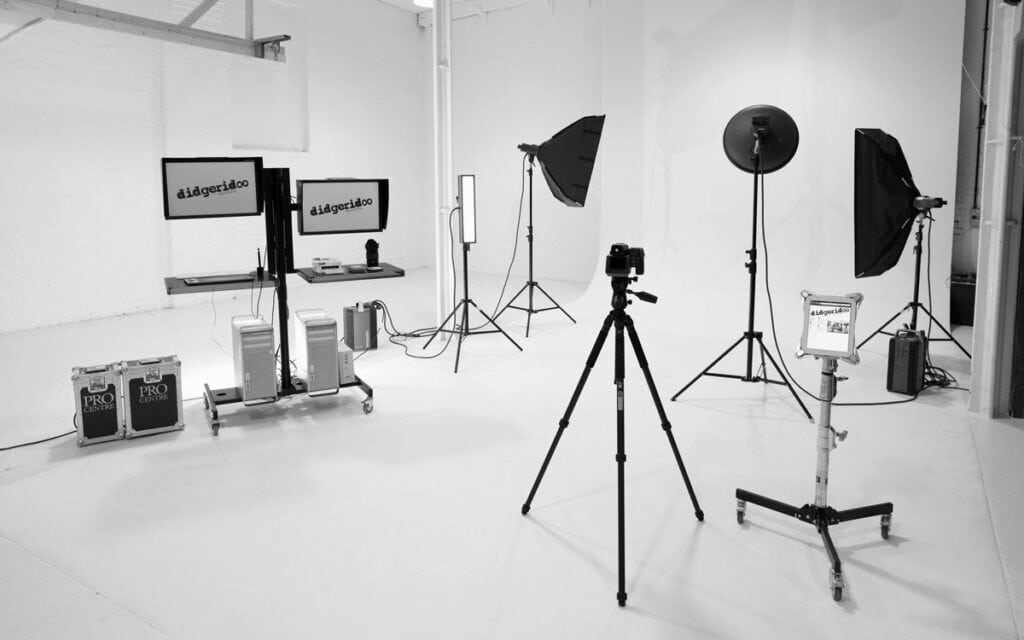What is Continuous Lighting in Photography and Why Use It?
Continuous lighting in photography refers to a lighting setup where the lights remain on for the entire duration of the shoot. Unlike flash lighting, which produces a brief burst of light, continuous lighting allows photographers to see exactly how their subject will be illuminated as they shoot. This method offers many advantages, particularly for professional photographers who require greater precision in their work.
Understanding what is continuous lighting in photography is essential for achieving the best results in your shoots. In this article, we will delve deep into the various aspects of continuous lighting, its benefits, different types of lights used, and practical tips on incorporating it into your photography practice.

The Basics of Continuous Lighting
Continuous lighting setups can be categorized into several types, including tungsten lights, fluorescent lights, LED panels, and even natural lighting. Each type has its unique characteristics and advantages, making it crucial for photographers to choose the right method for their specific needs.
For instance, tungsten lights produce a warm color temperature, giving a cozy feel to images, while LED panels offer versatile color temperatures and energy efficiency. Understanding these variations is vital when deciding how to utilize continuous lighting effectively in your work.

Benefits of Continuous Lighting
Using continuous lighting has several remarkable advantages:
- Consistency: Once you set your lights, they remain the same throughout the shoot, providing a consistent result.
- Real-Time Feedback: Continuous lighting allows photographers to see the effects of light in real time, making adjustments easier.
- Easy to Use: Many continuous lighting setups are user-friendly and can be easily manipulated.
- Versatility: They work well for various photography styles, including portrait, product, and even video.
How to Use Continuous Lighting in Photography
When incorporating continuous lighting into your photography sessions, consider the following tips:
- Positioning: Place your lights strategically to enhance your subjects features without creating harsh shadows.
- Modifiers: Use softboxes or umbrellas to diffuse and soften the light, helping to create more flattering images.
- Color Temperature: Match your lights to maintain consistent color throughout your photos. Some LEDs allow for color adjustments.

Choosing the Right Lights for Continuous Photography
Selecting the suitable light source is crucial when setting up a continuous lighting environment. Here are some options:
Tungsten Lights
Tungsten lights emit a warm, yellowish light, making them a popular choice for indoor photography. They help create a cozy ambiance, which can be beneficial for portraits and life-style shots. However, keep in mind that they consume a lot of power and can generate significant heat.
LED Lights
LED lights are highly regarded for their energy efficiency and versatility. They can often be adjusted for color temperature and intensity, allowing you to tailor your lighting exactly to your needs. A notable resource for understanding lighting fundamentals is CreativeLive.

Common Misconceptions About Continuous Lighting
Despite its growing popularity, misconceptions still surround continuous lighting. Some believe that continuous lighting is exclusively for beginners or that it cannot produce high-quality results. In truth, many professional photographers rely on these lighting styles for their shoots.
Practical Applications of Continuous Lighting
Continuous lighting proves useful in various settings:
- Product Photography: It allows for soft, even lighting that showcases product details effectively.
- Portrait Photography: It helps in controlling harsh shadows while giving natural skin tones.
- Video Production: Continuous lighting is ideal for filming, ensuring consistent footage quality.
Challenges with Continuous Lighting
While continuous lighting offers numerous advantages, its essential to be aware of the challenges. For instance, heat generation from tungsten lights can be uncomfortable during extended shoots. Understanding the balance between light intensity and heat is vital. Additionally, the larger setup will require more space compared to using flashes.
Incorporating Light Modifiers
Using light modifiers can enhance the quality of light in your continuous lighting setup. Options such as softboxes or reflectors can soften shadows and distribute light evenly.
Learning More About Lighting Techniques
To deepen your appreciation and understanding of lighting techniques, consider reading up on how lighting affects mood or how to make your own lighting for different situations. Such resources can greatly assist in refining your skills.
Conclusion
Understanding what is continuous lighting in photography unlocks creative potential and enables professionals to achieve more demonstrative and captivating imagery. By adopting continuous lighting techniques and methods, photographers can elevate their craft and become more versatile in their approach.
FAQs
1. Can I use continuous lighting for outdoor photography?
Yes, continuous lighting can be combined with natural light for outdoor shoots, helping to fill shadows and balance the overall exposure.
2. Is continuous lighting suitable for beginners?
Absolutely! Continuous lighting setups are generally easy to use and can provide immediate visual feedback, making them intuitive for beginners.
3. How do I maintain my continuous lighting gear?
Regularly check for dust accumulation, ensure bulbs are functioning correctly, and follow manufacturer guidelines for cleaning and maintenance.
As an Amazon Associate, I earn from qualifying purchases.

